Cambrian
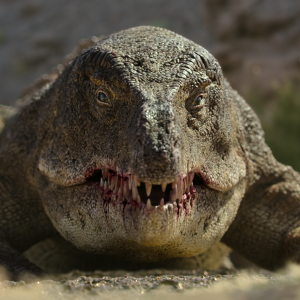
Life On Our Planet
Published on October 25th, 2023 | by David Marshall
We're granted exclusive access to this new Netflix documentary... Read More →

The Cambrian period is a division of earth’s history spanning from around 541 to 485 million years ago, and during which animal ecosystems rapidly appeared in an event known as the ‘Cambrian explosion’. Cambrian faunas were dominated by arthropods such as trilobites, but also included sponges, molluscs, brachiopods, jellyfish and chordates (the group to which vertebrates belong). The Cambrian atmosphere had 16 times greater CO2 content and 37% less oxygen than the present. It was a warm period with temperatures on average around 7°C above present levels. The continents were all positioned in the southern hemisphere but were drifting steadily north. During the Cambrian, land was barren and lifeless.

Published on October 25th, 2023 | by David Marshall
We're granted exclusive access to this new Netflix documentary... Read More →
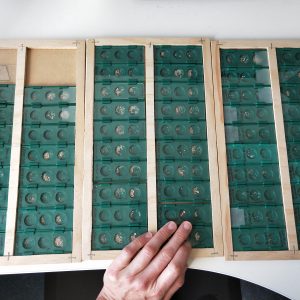
Published on August 14th, 2019 | by David Marshall
Between the weird and wonderful rangeomorphs of the Ediacaran Period and the world-famous palaeocommunities of the Burgess Shale, the ‘Early Cambrian’ is host to a ‘waste basket’ of fossils untied by their small size and shelly [&hellip... Read More →
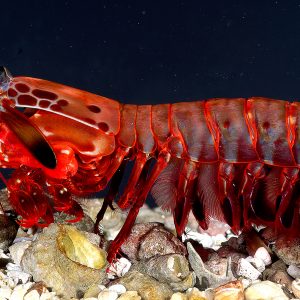
Published on March 1st, 2019 | by David Marshall
We explore opsins and the evolution of colour vision in ecdysozoans... Read More →
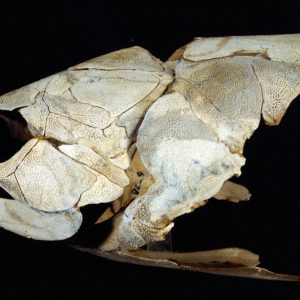
Published on December 1st, 2017 | by Guest Blogger
Professor John Long is an early vertebrate researcher at Flinders University, Australia. He is most famous for his work on the three-dimentionally-preserved fish from the Gogo Formation, North West Australia. In this interview, Dr Tom Fletcher [&hellip... Read More →
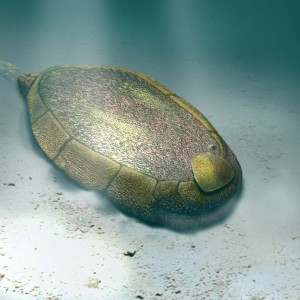
Published on October 29th, 2015 | by Liz Martin-Silverstone
Two new studies lead by University of Bristol palaeontologist Dr. Imran Rahman (Episode 28 – From worms to stars) are helping to explain feeding and the digestive system in some early animals. His work focuses on [&hellip... Read More →
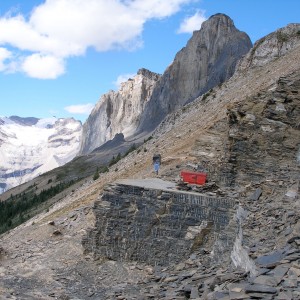
Published on July 17th, 2015 | by David Marshall
The Burgess Shale is probably the world’s most famous lagerstätte (site of special preservation). Discovered in 1909 on Mt. Stephen, in the Canadian Rockies of British Colombia, Canada, this locality provided an early representation of the [&hellip... Read More →
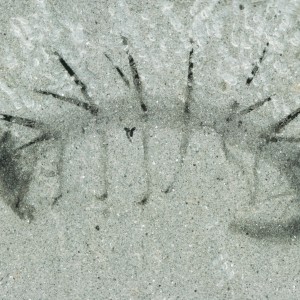
Published on June 29th, 2015 | by David Marshall
It’s been quite a week for lobopodians! First off, we’ve had the redescription of Hallucigenia by Dr Martin Smith. This enigmatic fossil from the Burgess Shale typifies the difficulty palaeontologists have had in interpreting some of [&hellip... Read More →
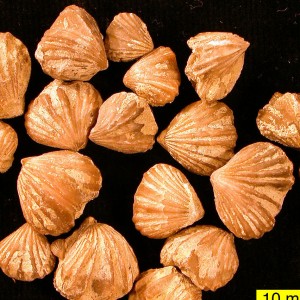
Published on February 1st, 2015 | by David Marshall
Brachiopods are some of the most common fossils to be found in rocks worldwide. Their thick, hard and (often) calcareous shells make them preferentially preserved in the fossil record. We probably all have found one, but [&hellip... Read More →
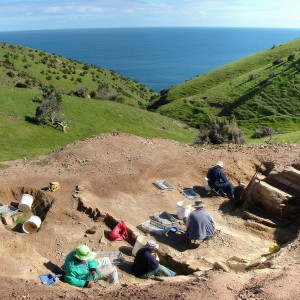
Published on November 1st, 2014 | by David Marshall
The Emu Bay shale is a Burgess Shale-type lagerstätte from the Early Cambrian of South Australia. We speak to Dr John Paterson, of the University of New England, all about the locality and the fossils it [&hellip... Read More →
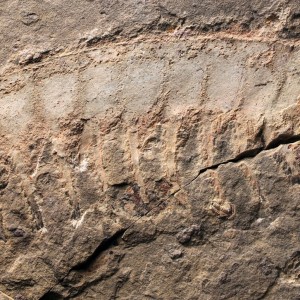
Published on July 15th, 2014 | by Laura Soul
Anomalocaridids are iconic Cambrian animals, originally found in the Burgess Shale deposits in Canada. From the Genus Anomalocaris, their name translates as ‘strange shrimp’ owing to their initial misidentification from incomplete remains. In fact, it took until [&hellip... Read More →